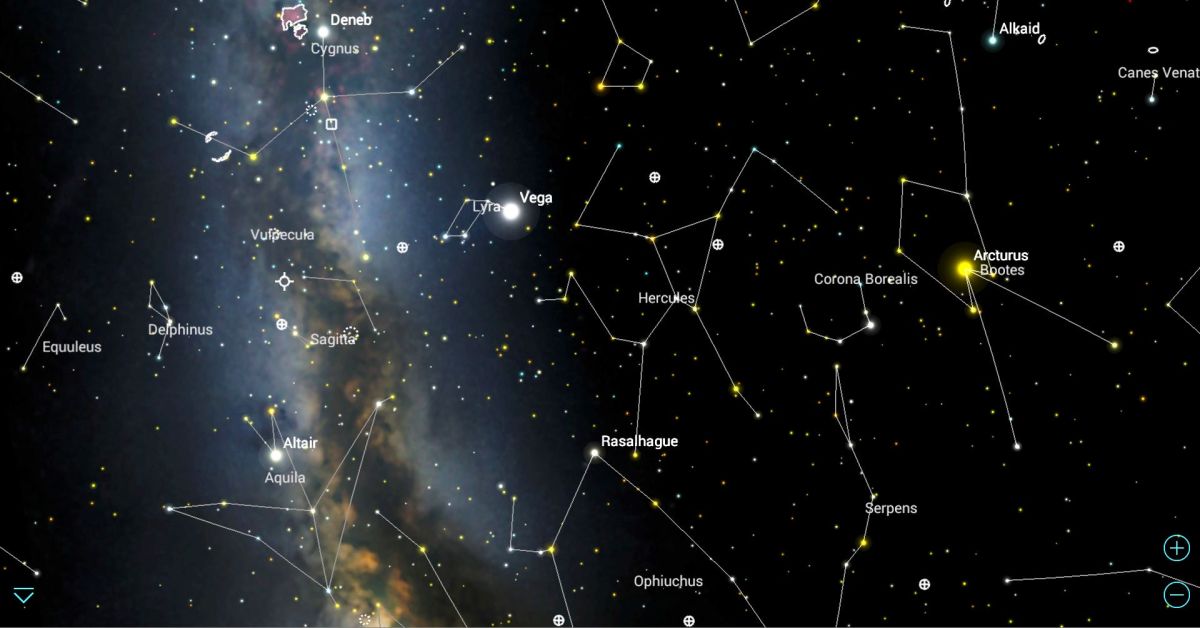Formation of Constellations
Constellations are formed through the intricate dance of stars in the night sky. These patterns of stars are not physically connected but appear to be so from our vantage point on Earth. The formation of constellations is primarily a result of human perception, shaped by culture, mythology, and our innate desire to find meaning in the cosmos. Over time, ancient civilizations identified distinctive groupings of stars and assigned them names, creating a rich tapestry of celestial stories that continue to captivate us today.
The stars within a constellation may be at vastly different distances from Earth and have no physical association with each other. What unites them is their apparent proximity when viewed from our planet. Astronomers use these patterns to navigate the night sky and locate specific celestial objects. Although the boundaries and names of constellations are standardized by international astronomical organizations, different cultures and civilizations have identified their own unique constellations throughout history. This diversity adds to the richness and diversity of our collective human understanding of the cosmos, reminding us of our connection to the vastness of the universe.

Various Constellations
Ursa Major - The Great Bear
Ursa Major, also known as the Great Bear, is one of the most recognizable constellations in the northern celestial hemisphere. It features a distinct pattern of stars resembling a large bear, with its tail forming the handle of the Big Dipper. Ursa Major holds a prominent place in many ancient cultures and is associated with numerous myths and legends. It serves as a guide for navigators and stargazers alike, pointing towards the North Star, Polaris, and helping people find their way in the night sky.
Orion - The Hunter
Orion, the Hunter, is a prominent constellation visible in the winter night sky. It is characterized by the distinctive three stars forming Orion's Belt. This constellation holds great significance in various mythologies and is often associated with a mighty hunter or warrior. Orion is home to several notable celestial objects, including the bright stars Betelgeuse and Rigel, as well as the famous Orion Nebula, a stellar nursery where new stars are born.
Leo - The Lion
Leo, the Lion, is a constellation representing the majestic king of the animal kingdom. It can be seen in the spring sky of the northern hemisphere and is easily identified by its distinct backward question mark shape, known as the Sickle, forming the lion's head. Leo is associated with various mythologies and has served as a symbol of strength and nobility throughout history. The bright star Regulus, located at the base of the Sickle, adds to the allure of this celestial lion.

Cygnus - The Swan
Cygnus, known as the Swan, is a constellation that resembles a graceful bird in flight. It is visible during the summer months in the northern hemisphere and is often referred to as the Northern Cross due to its shape. In Greek mythology, Cygnus represents the story of Zeus transforming into a swan. The constellation is home to Deneb, one of the brightest stars in the night sky, and the Cygnus Loop, a supernova remnant that showcases the explosive nature of the universe.
Pegasus - The Winged Horse
Pegasus, the Winged Horse, is a constellation associated with Greek mythology. It is best known for its distinctive square-shaped pattern, known as the Great Square of Pegasus. According to myth, Pegasus was a divine creature born from the blood of the Medusa. The constellation features several notable deep sky objects, including the globular cluster Messier 15 and the spiral galaxy NGC 7331. Pegasus graces the autumn sky, inspiring awe and imagination with its mythical presence.
Cassiopeia - The Queen
Cassiopeia, the Queen, is a constellation that stands out with its distinct "W" or "M" shape, depending on its position in the sky. It is visible in the northern hemisphere and is associated with the mythical queen from Greek mythology. Cassiopeia is known for its rich star field, including the famous star Eta Cassiopeiae, which exhibits colorful variations. This constellation has been an inspiration for storytellers, representing the regal nature and pride associated with its namesake queen.
